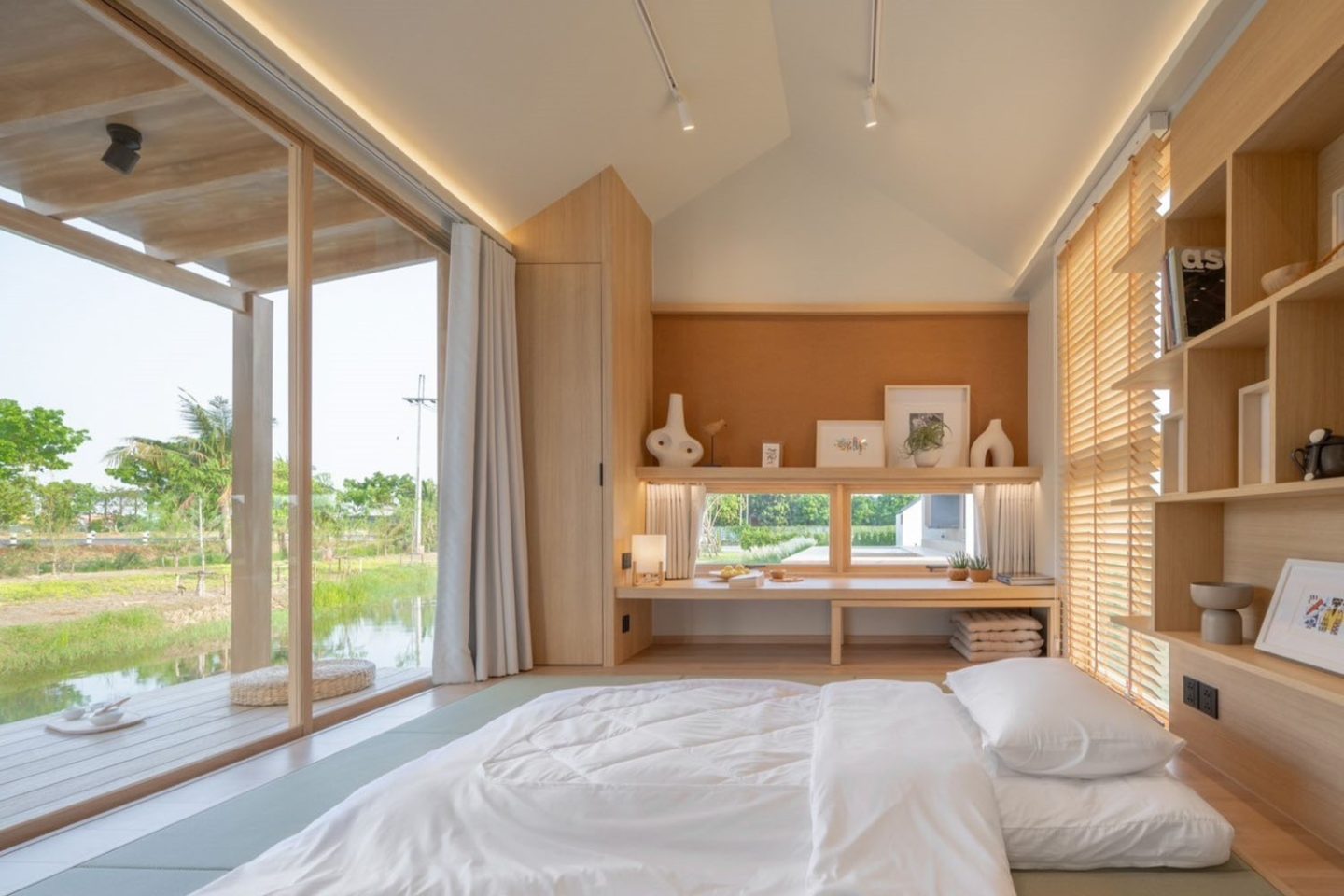DELVE INTO THE CONCEPT OF HAKO, A PREFAB HOME SERIES WITH MODERN JAPANESE STYLE BY MOOD LIVING, WHICH ENABLES USERS TO TAILOR THEIR HOME’S FUNCTIONALITIES WITH SOFTWARE MANAGING THE CALCULATIONS OF SPACE AND COST EFFICIENTLY
TEXT & PHOTO COURTESY OF MOOD LIVING
(For Thai, press here)
In this fast-paced era defined by swift communication, boundary-pushing innovations, and novel ideas, the thrill of discovering and pioneering new experiences remains undeniably potent. Today’s technological landscape is brimming with advancements such as 3D printing, now applicable to materials like concrete and soil. Looking forward, it’s conceivable that the very concept of ‘construction’ may soon transcend its traditional boundaries. As we scan our more immediate environments, the array of architectural possibilities has expanded significantly, with decisions determined by whether they align with our budgetary constraints and meet our needs.
A particularly evolving alternative is the use of prefabricated, factory-produced structures—commonly known as prefab. This method, long in use, has seen continuous development and remains a viable option for modern construction challenges. This issue of art4d delves into the HAKO prefab home series, thoughtfully designed by a team of architects. The name ‘HAKO,’ Japanese for ‘box,’ cleverly mirrors the series’ core design ethos, which is as straightforward as it is ingenious. But what is the connection between a home and a box? What elements make this concept both intriguing and viable? We had a discussion with Krittapak Kulabusaya (Ake), Design Development Director at MOOD Living, to further explore the project.
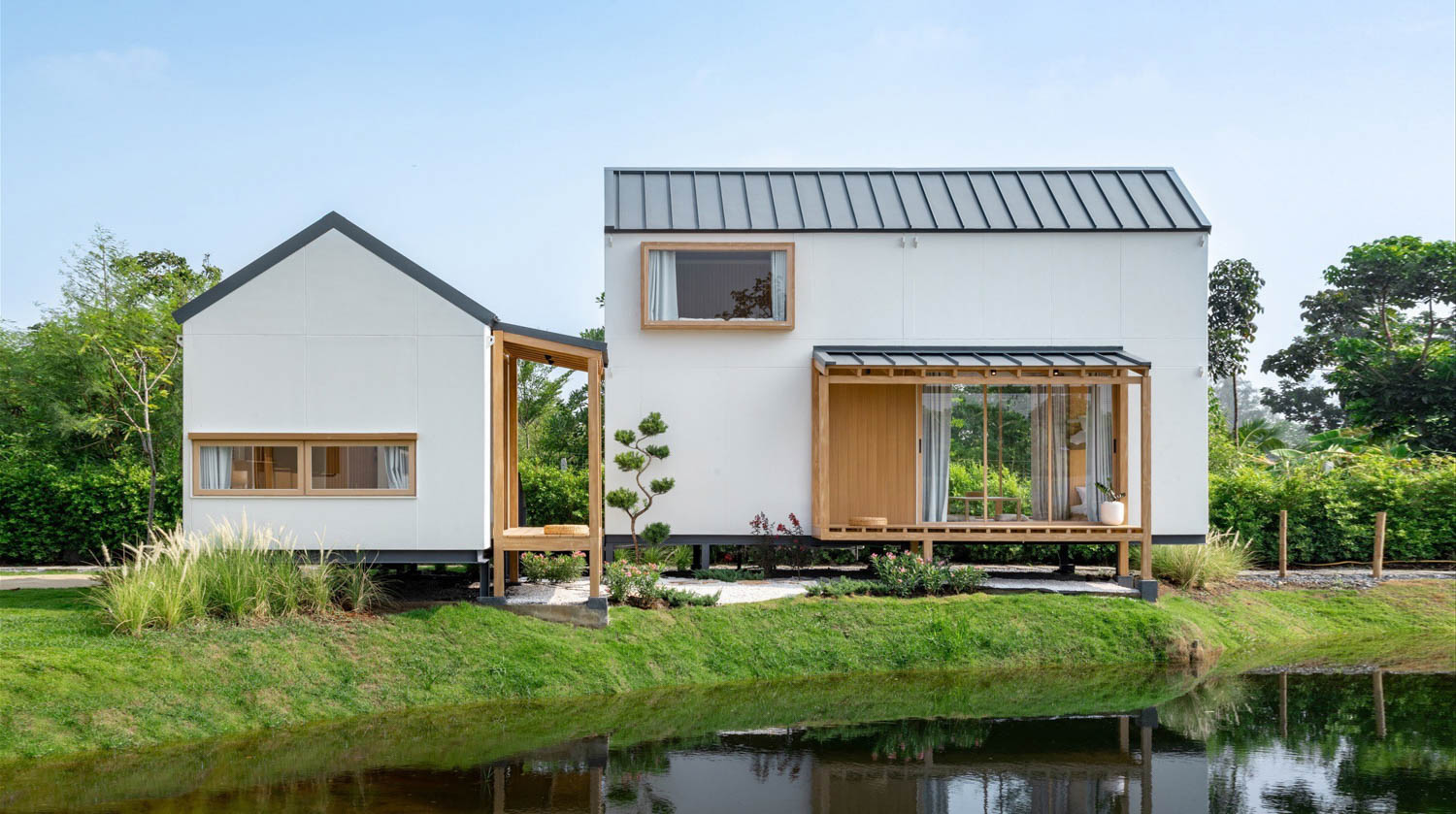
Why a Prefabricated Home?
“As an architect who both designs and manages the construction of homes for clients and my own house, I have encountered firsthand the challenges and extensive time commitments involved in building and furnishing a home,” Ake explains. “Dealing with the numerous complications that can arise during the design and construction phases—sometimes spanning several years—has led me to appreciate the need for an alternative: a home that meets all standards and is ready to be installed on a plot of land and lived in right away.”
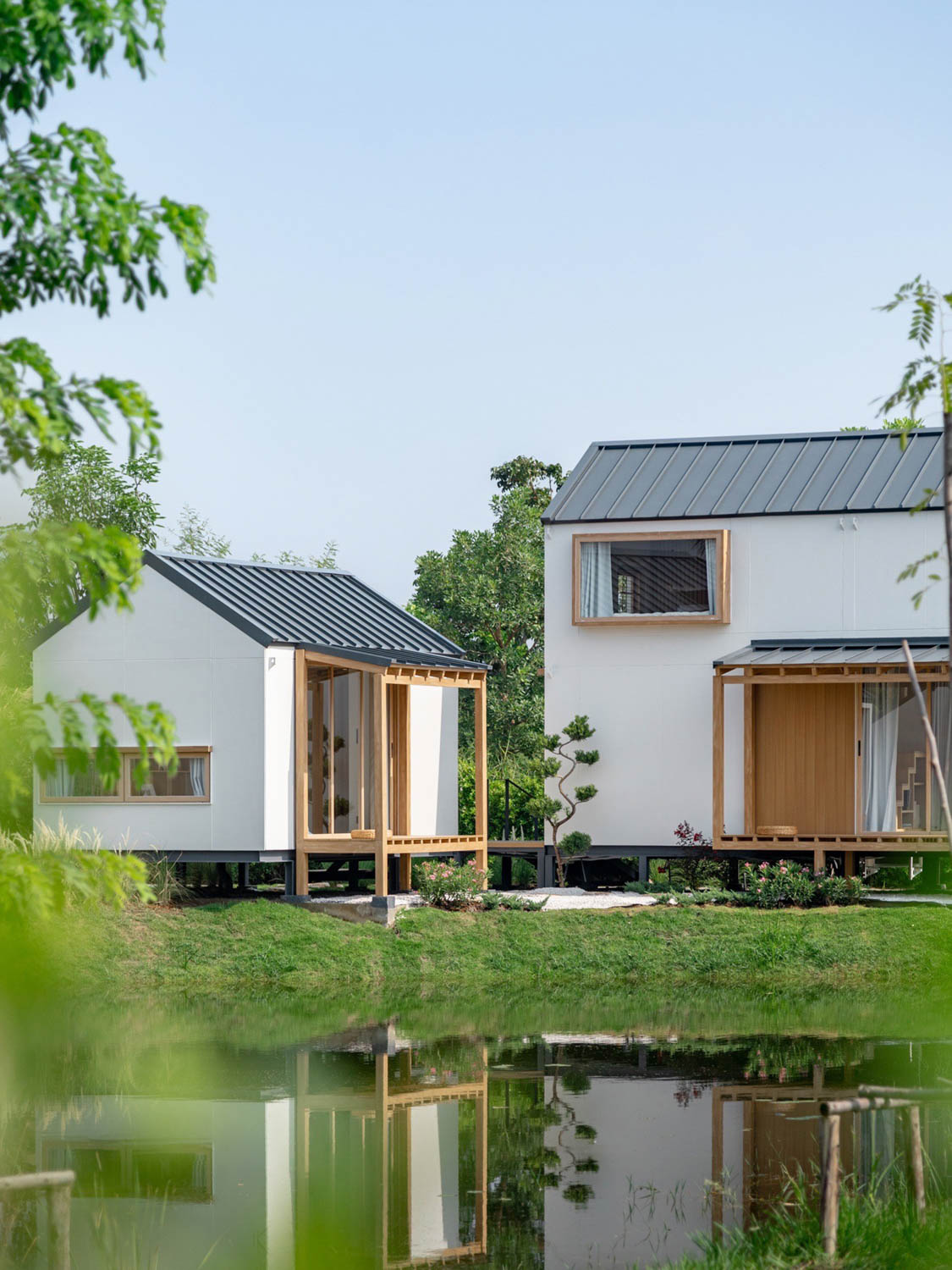
The appeal of prefabricated homes is primarily their production speed, markedly quicker than traditional construction on-site methods. Fabricated entirely in a factory setting, these homes can be transported as a single unit to the site, resulting in a construction process that keeps the site pristine and minimizes prolonged disruptions from noise and dust for both homeowners and neighbors. Additionally, should future needs dictate a change in location or function, these structures offer the unparalleled flexibility of being relocated with ease.
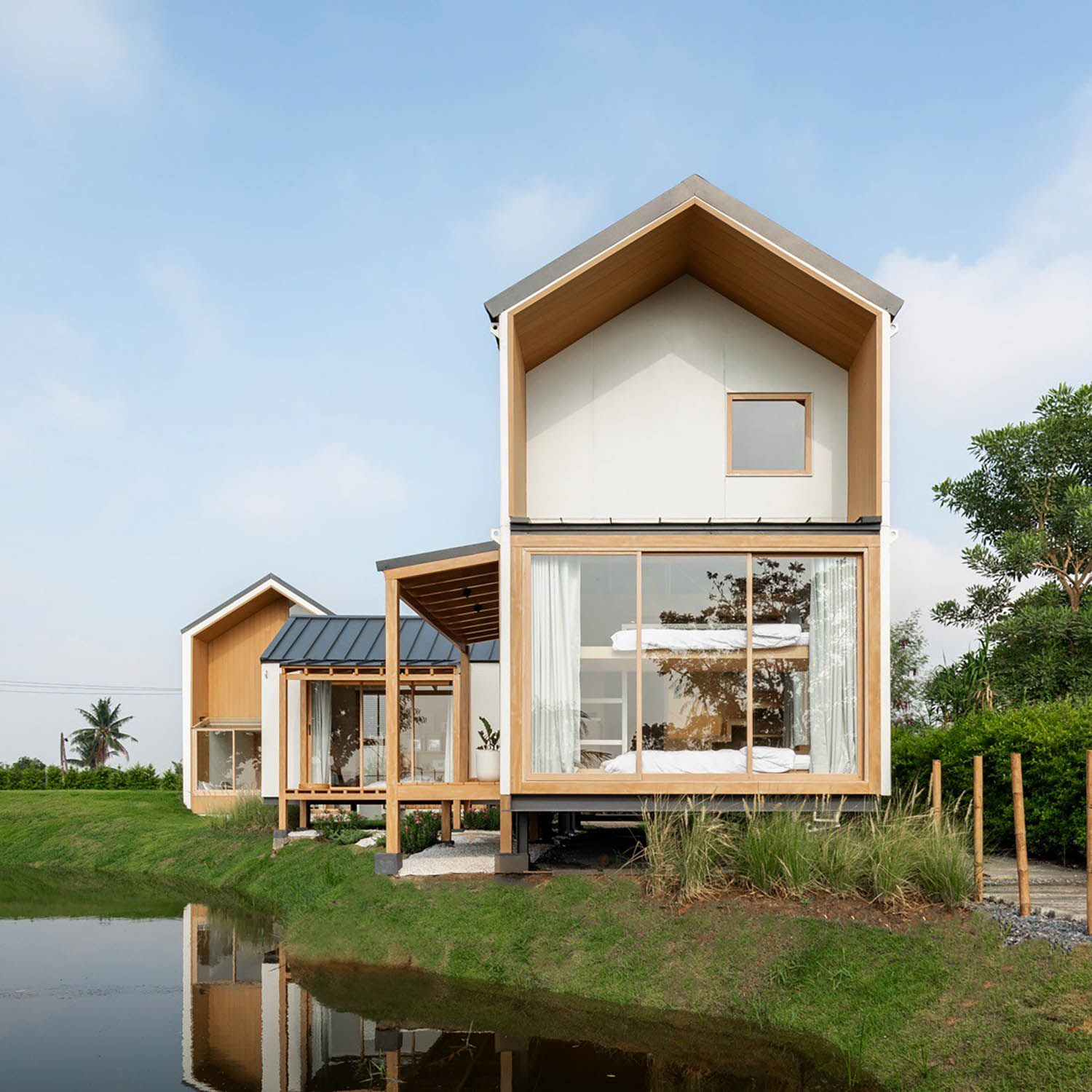
Japanese-Style Modular Design
The HAKO series distinguishes itself from other prefabricated homes through its embrace of modular design, facilitated by specialized software. This approach enables users to tailor the home’s functionalities to their actual needs while also managing the calculations of space and cost efficiently. Ake points out, “By segmenting each functional aspect of the home into modules that customers can select and assemble on their own—much like constructing with blocks—we create homes that align perfectly with individual preferences.”
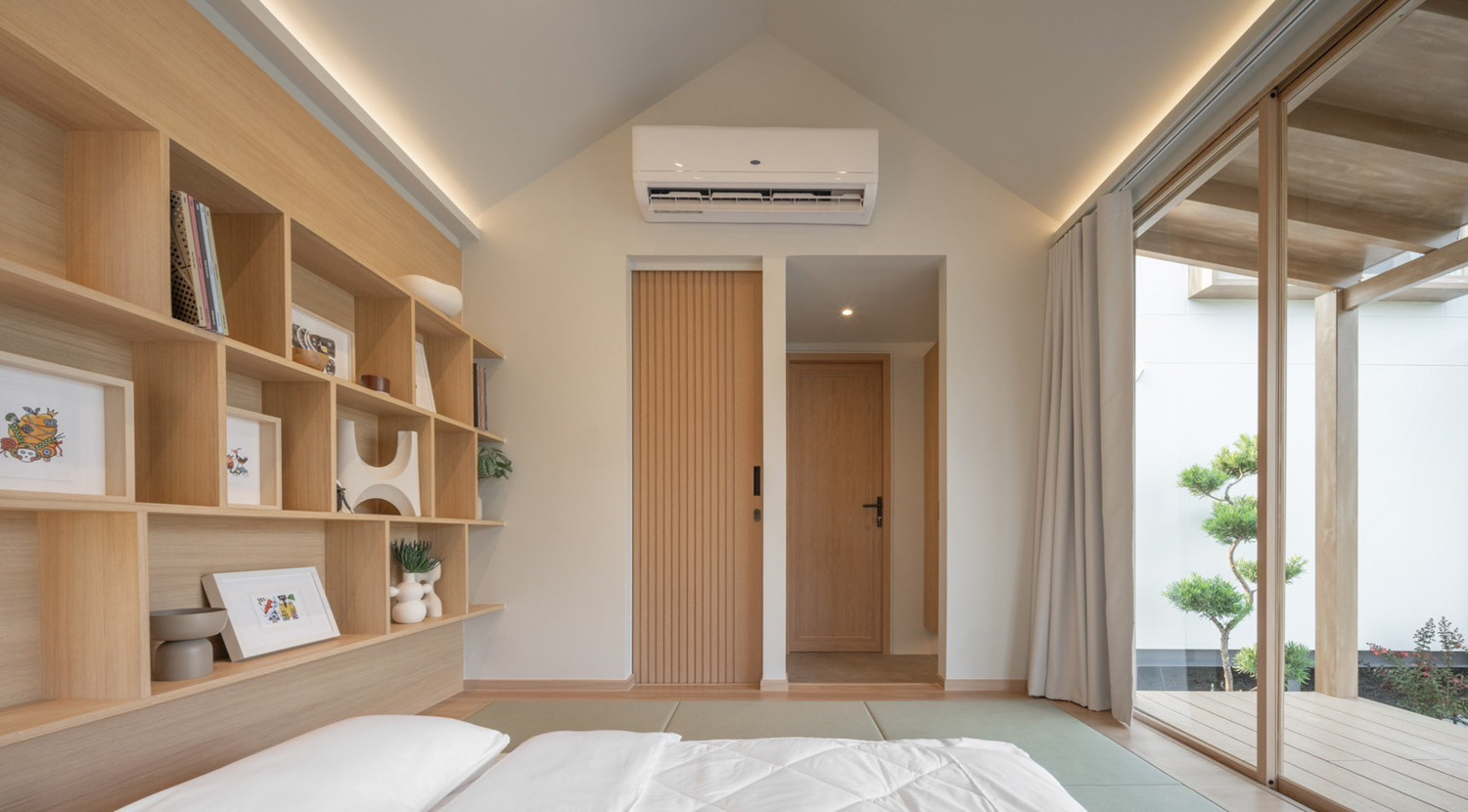
HAKO 5.5
The compact nature of each module, designed to ease transport, prompts a focus on optimizing space utility. This principle mirrors the ethos of modern Japanese architecture, which aims to maximize every inch of space for better utility and flexibility. For example, a module might serve as a tranquil lounge by day and transform into a bedroom by night.
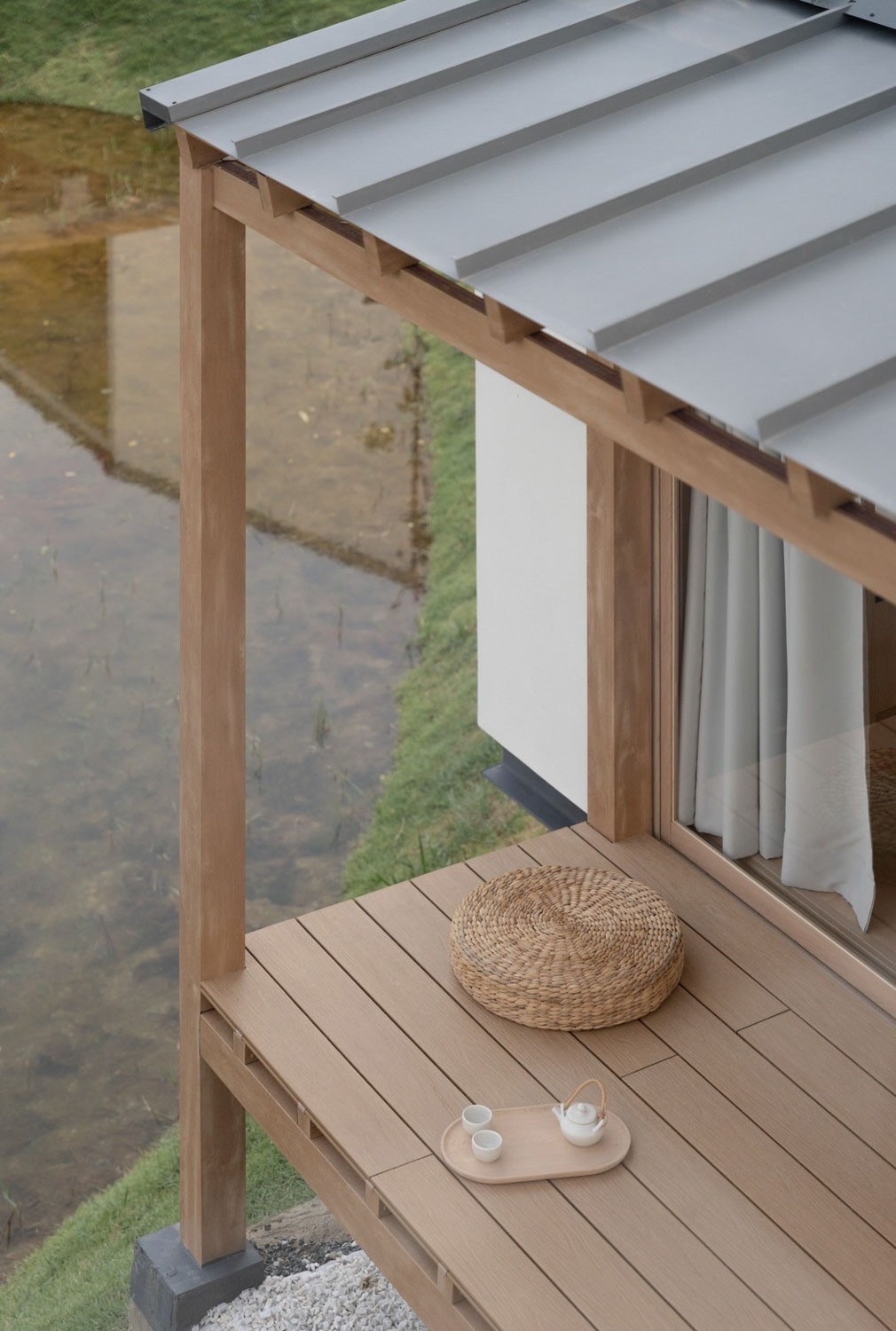
HAKO 5.5
This dual functionality is achievable through furniture designed in collaboration with Japanese designers, who ensure the furniture’s height complements the horizontal living these homes are intended to accommodate. Despite the modules’ modest height, the design does not feel restrictive but rather comfortably adequate, providing a living space that feels just right and perfectly comfortable for its inhabitants.

HAKO’s bathroom module
Easy to Maintain and Aesthetically Pleasing Materials
The HAKO series places a strong emphasis on maintenance as a key consideration. Wood, while aesthetically pleasing, demands substantial upkeep, particularly in the hot and humid conditions typical of the Southeast Asian region—a factor that often makes prospective homeowners pause. In response, this series of prefabricated homes has turned to high-quality synthetic materials that withstand the elements more effectively.
“The synthetic materials substituting for wood have markedly improved in quality and increasingly mimic the appearance of real wood,” Ake remarked. “We have meticulously selected the finest alternatives for everything from flooring and walls to ceilings, synthetic wood doors, as well as aluminum, metal sheeting, and wood-patterned laminates. These choices ensure that the homes are not only warm and inviting but also durable, visually appealing, and easy to maintain.”
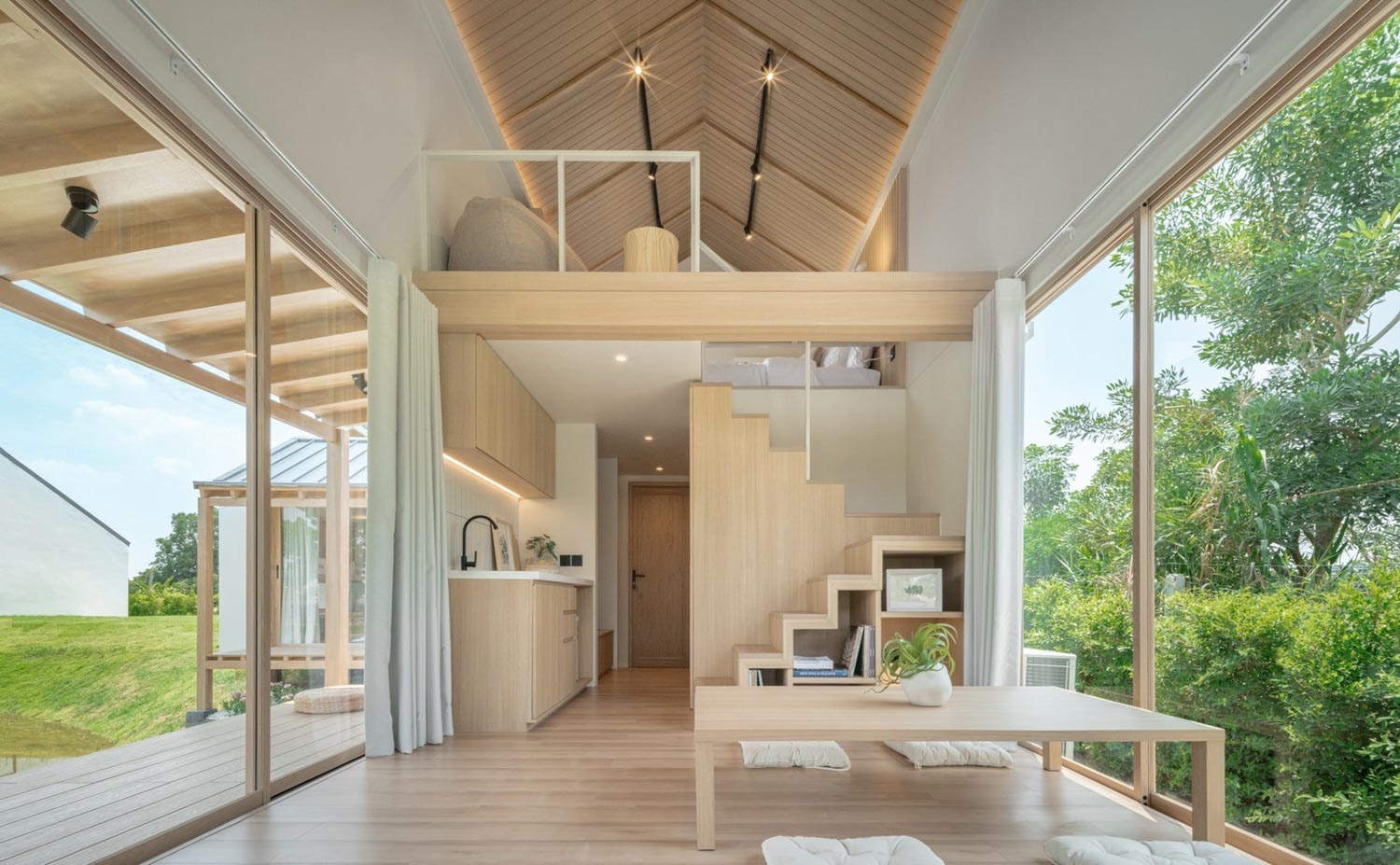
HAKO 8.3+
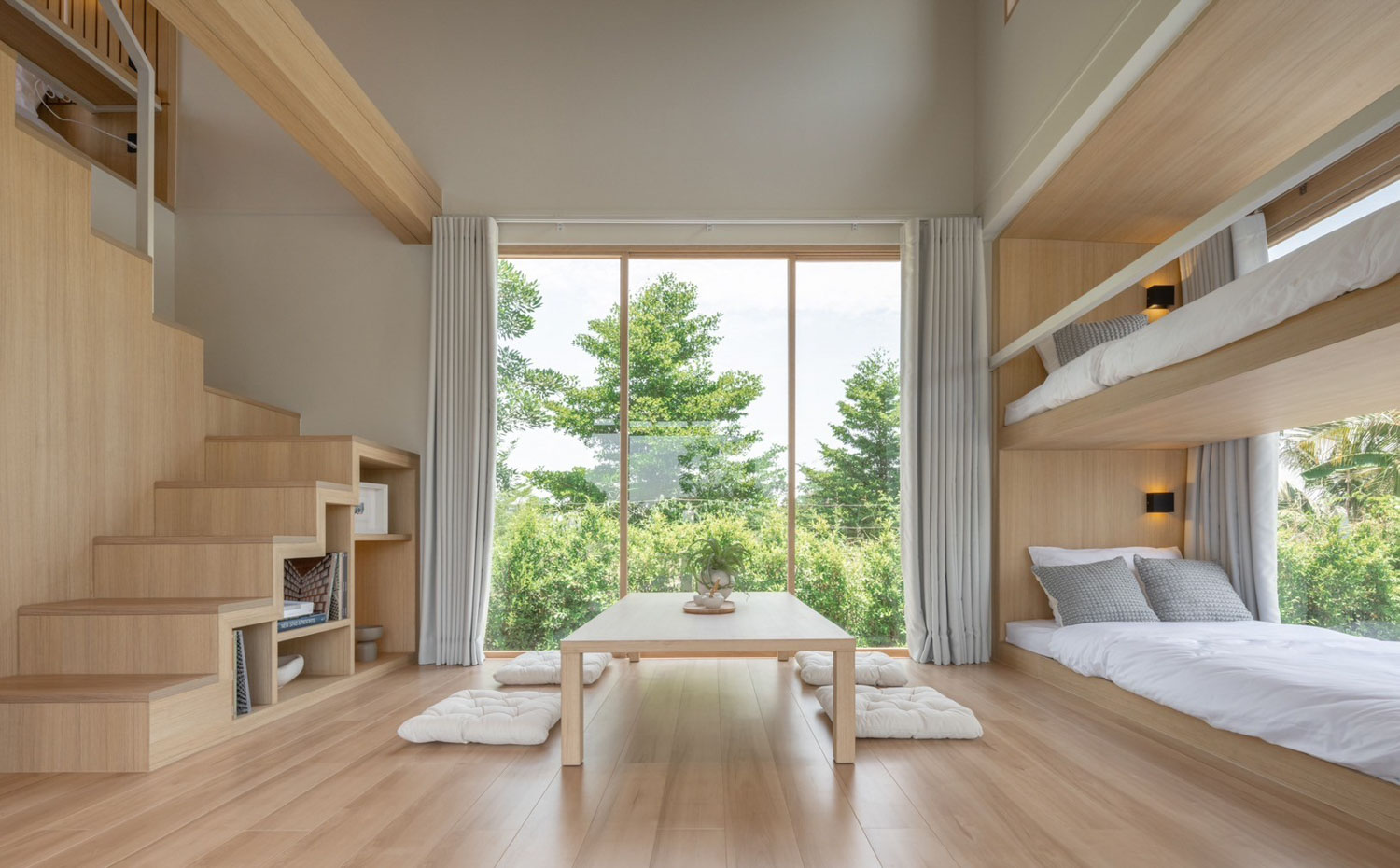
HAKO 8.3+

HAKO 8.3+
MOOD Living has designed and developed the HAKO home with careful attention to detail, providing an option for those seeking a high-quality prefabricated home that combines simplicity with optimal utility of space. “We believe that comfort in a home isn’t necessarily a matter of size but of how well the space is designed to function comfortably,” Ake concluded.
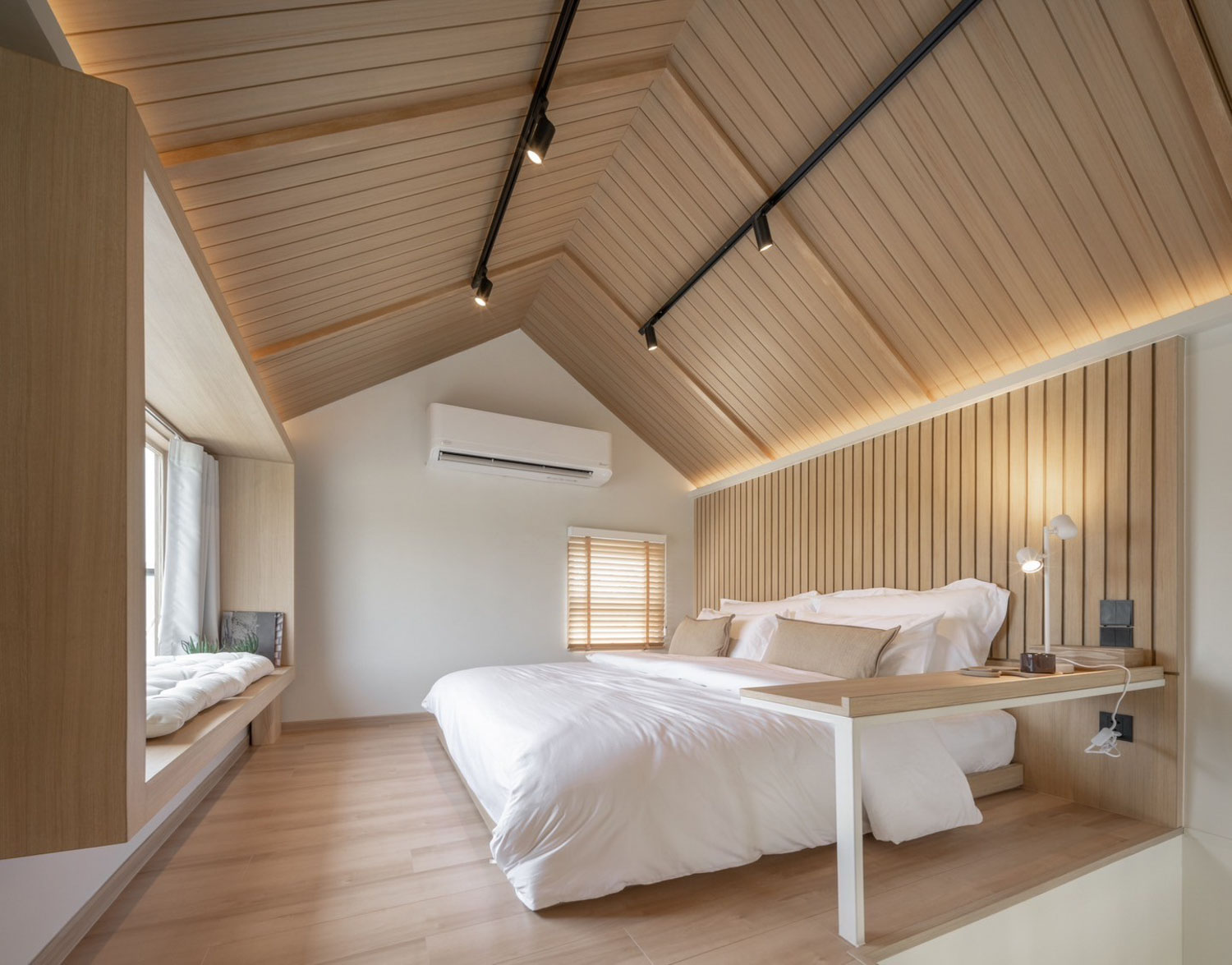
HAKO 8.3+
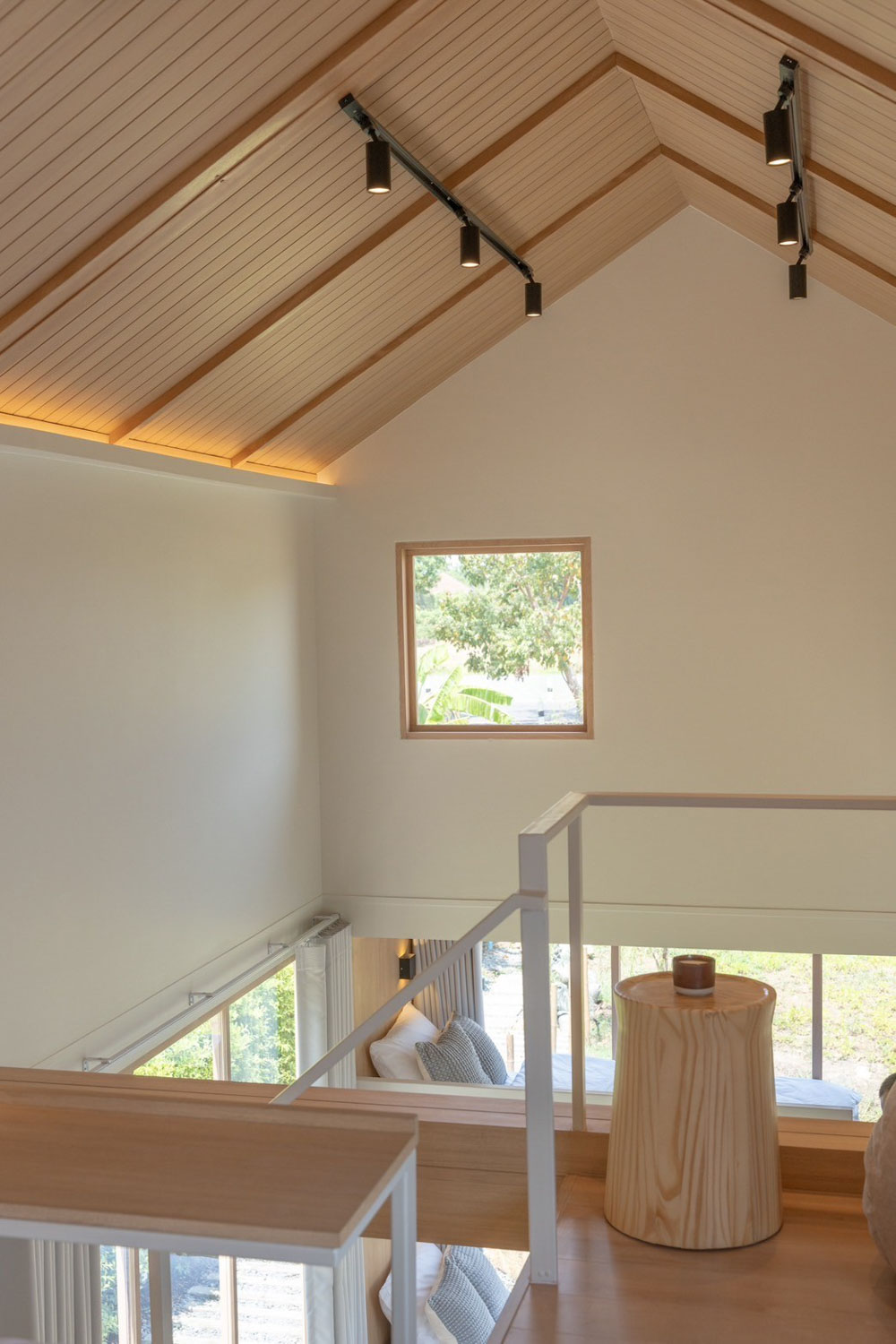
HAKO 8.3+
Experience a HAKO model home at the brand’s showroom in Bang Yai, Nonthaburi, just a brief ten-minute drive from Central Westgate. Viewings by appointment are available on Mondays, Wednesdays, Fridays, Saturdays, and Sundays from 10:00 AM to 6:00 PM. Reach out through HAKO’s Line Official @MoodLiving to arrange your visit.
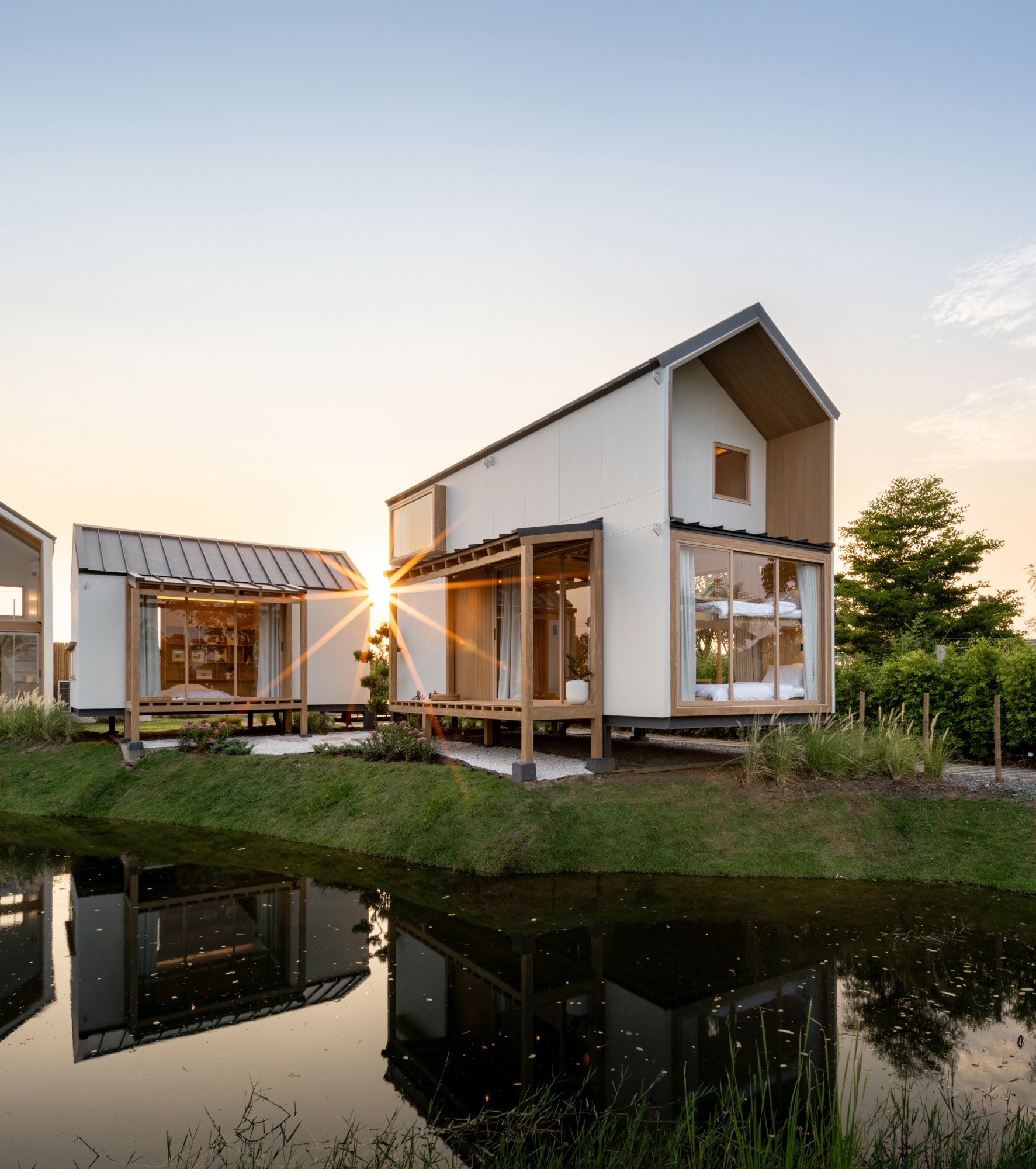
moodliving.co.th
facebook.com/MoodLivingTH


